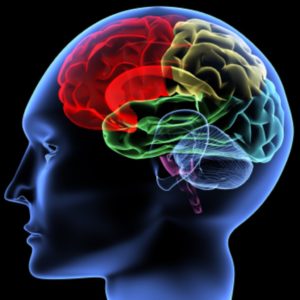Scientists at the Yale School of Medicine have successfully recreated a youthful brain from an old one, enhancing both learning and healing in adult mice.
Young Brain vs. Old Brain
Adolescent brains are malleable and able to absorb languages and material more quickly than their adult counterparts. Not only that, a young brain sports a much speedier recovery from brain trauma.
Nogo Receptor: Keeping Brains Young
By observing brain synapses in mice over extended periods of time, Yale researchers have pinpointed a gene, the nogo receptor 1, that is responsible for keeping brains in a youthful state. By manipulating this gene, we can manipulate manipulate our brains ability to learn or heal.
Faster Healing, Better Learning
The study demonstrated that adult mice lacking the nogo receptor, or those test subjects which had the gene blocked, were able to recover from injury just as efficiently as adolescents. These mice were amazingly also able to master complex motor tasks more quickly.
“This raises the potential that manipulating the Nogo Receptor in humans might accelerate and magnify rehabilitation after brain injuries like strokes,” said Feras Akbik, the first author of the study.
Human Trials?
Although no trials are currently scheduled, it will be fascinating to see what type of research this leads to with humans.
Could the manipulation of our nogo receptors alter our personalities though? What other long term effects could this type of therapy have? Might it be worth the side effects in some cases?
How does brain manipulation make you feel?
 Mike Awada is a Colorado native, and a graduate of the University of Denver. Despite studying International Business, Mike loves to write. His interests include technology, science and sports. Mike covers Technology for 303 Magazine, and also runs a cutting edge news website at Astounde.com. Follow Mike on Twitter @Astounde.
Mike Awada is a Colorado native, and a graduate of the University of Denver. Despite studying International Business, Mike loves to write. His interests include technology, science and sports. Mike covers Technology for 303 Magazine, and also runs a cutting edge news website at Astounde.com. Follow Mike on Twitter @Astounde.


